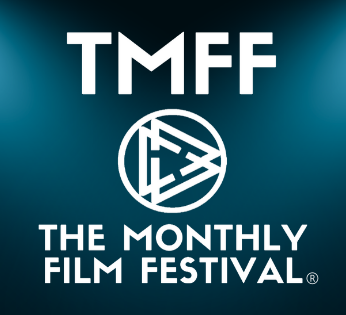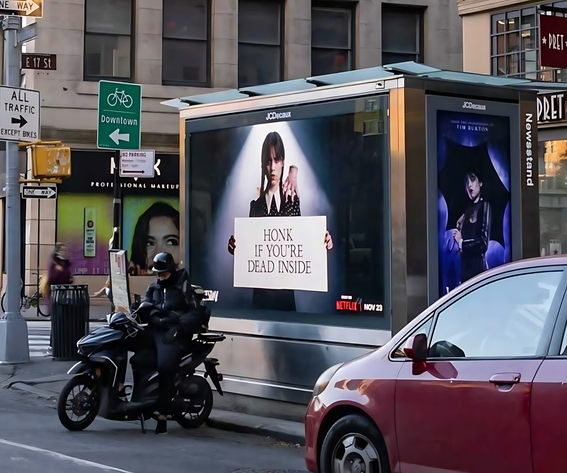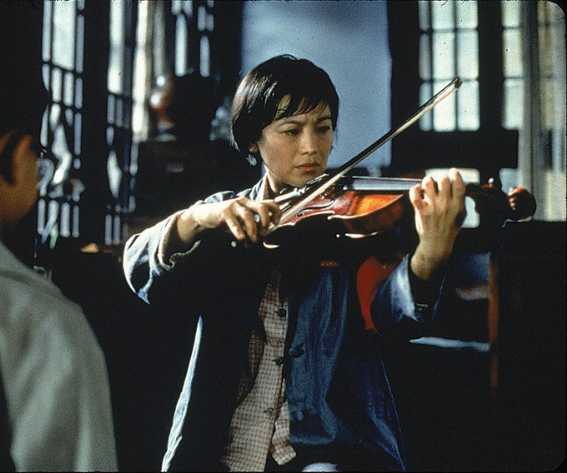Television was never just entertainment. From the early days of prime-time drama to the current streaming services, TV series have served as effective marketing instruments twice. The most successful shows do not merely tell stories; they create whole worlds where brands, characters, and audiences collide. To a large extent, the series you are binge-watching are less about creativity than they are about commerce.
The Power of Storytelling in Marketing
Film and television marketing is not a new thing. Examples such as product placement in sitcoms or sponsored soap operas (which are literally called so because of the detergent commercials) were classic examples that we saw decades ago. The uniqueness of a TV series is the fact that it allows viewers to get into the lives of characters. Once a product, brand, or message is integrated into this story, it becomes genuine and not obtrusive.
Consider how many people began drinking coffee because of friends or became fashion crazy because of Sex and the City. These series did not merely feature products, but they provided lifestyles that people aspired to live. It is that combination of storytelling and marketing that keeps producing results to this day.
Product Placement to Integrated Campaigns
TV series marketing has changed. It is no longer about putting a logo of a brand in the background shot. The current campaigns are multi-layered: interactive, global and very personalised.
This change has been enhanced by streaming sites. Once a Netflix or HBO show is released, a whole ecosystem is created around it, including social media accounts, behind-the-scenes videos, AR filters, fan events, and merchandise. All the elements benefit the audience and the advertiser in a cycle of interaction, with fans feeling as though they are part of the story.
Digital Extensions: Reaching Audiences Outside the Episode
The contemporary audience does not merely watch a show but rather engages with it. This is where social media becomes very important. Episodes become cultural moments, and Twitter conversations, Instagram stories, and TikTok trends make them so. This is a great opportunity for marketers to extend campaigns well beyond the TV screen.
A strategy that has proved to be very useful is the application of conversational tools to enhance the interaction with the audience. An example of this is a WhatsApp chatbot, where fans can chat with their favourite characters, unlocking exclusive content, trivia, or even clues to future episodes. These experiences make passive viewers active participants, and the boundary between fiction and reality becomes blurred.
Likewise, Instagram DM automation enables studios and brands to contact fans in the most personalised manner. Suppose a direct message comes in following a cliffhanger episode–possibly, of the official account of the programme – hinting at what is in store. Such automation makes marketing seem like a part of the story and not an independent campaign.
TV Marketing Innovation Case Studies
The recent years have demonstrated the effect bold campaigns can have on the impact of a series. Stranger Things formed collaborations with other brands, such as Coca-Cola and Nike, and created interactive fan experiences, such as escape rooms and AR activations. Game of Thrones took marketing to the next level and published concealed content via websites, social media, and worldwide stunts such as dragons projected onto buildings.
Creative marketing is an advantage even to smaller productions. Indie shows tend to be digital-first, with the aid of such tools as WhatsApp or Instagram to create communities. These grassroots approaches demonstrate that you do not have to have a blockbuster budget; you just have to be smart and good at storytelling.
Why It Works
In its essence, marketing in TV series is effective since it is emotionally orientated. Viewers develop an attachment to characters and worlds. A brand that enters into this space inherits some of this emotional value. It is a concept that has long been known in the film marketing business and has been perfected in the serial storytelling.
Furthermore, modern automation and chat-based campaigns enable marketers to be able to scale these experiences but remain personal. The viewers do not feel that they are being sold to; they feel that they are a part of something bigger.
The Future of Marketing in Television Series
With the advancement of technology, the marketing associated with the series will advance. We are headed in the direction of more interactive experiences: virtual reality episodes, blockchain-based collectibles, and hyper-personalised digital experiences. The centrality of story is what does not change. When the story is good, the marketing will have a smooth flow.
This is an unbelievable opportunity for filmmakers and showrunners. Marketing is no longer an appendage—it is a constituent of the creative process itself. Each scene, each campaign, each tweet has the potential to expand the story, create the brand, and get audiences involved in a way that traditional advertising never had the chance to do.









Leave a reply